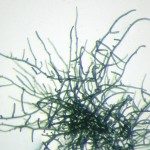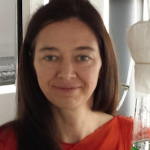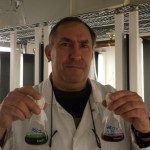Link to Pubmed [PMID] – 37368689
Link to DOI – 10.3390/toxins15060388
Toxins (Basel) 2023 Jun 9;15(6):388.
In tribute to the bicentenary of the birth of Louis Pasteur, this report focuses on cyanotoxins, other natural products and bioactive compounds of cyanobacteria, a phylum of Gram-negative bacteria capable of carrying out oxygenic photosynthesis. These microbes have contributed to changes in the geochemistry and the biology of Earth as we know it today. Furthermore, some bloom-forming cyanobacterial species are also well known for their capacity to produce cyanotoxins. This phylum is preserved in live cultures of pure, monoclonal strains in the Pasteur Cultures of Cyanobacteria (PCC) collection. The collection has been used to classify organisms within the Cyanobacteria of the bacterial kingdom and to investigate several characteristics of these bacteria, such as their ultrastructure, gas vacuoles and complementary chromatic adaptation. Thanks to the ease of obtaining genetic and further genomic sequences, the diversity of the PCC strains has made it possible to reveal some main cyanotoxins and to highlight several genetic loci dedicated to completely unknown natural products. It is the multidisciplinary collaboration of microbiologists, biochemists and chemists and the use of the pure strains of this collection that has allowed the study of several biosynthetic pathways from genetic origins to the structures of natural products and, eventually, their bioactivity.



